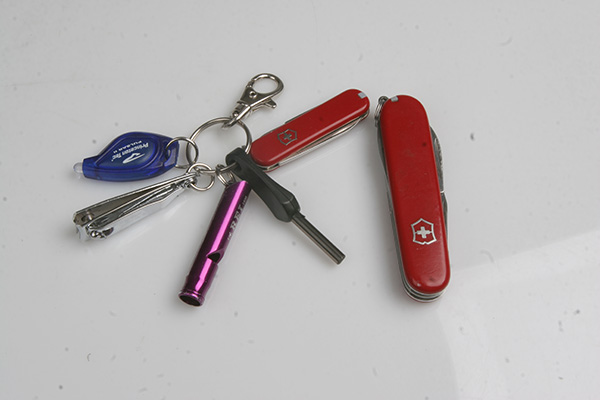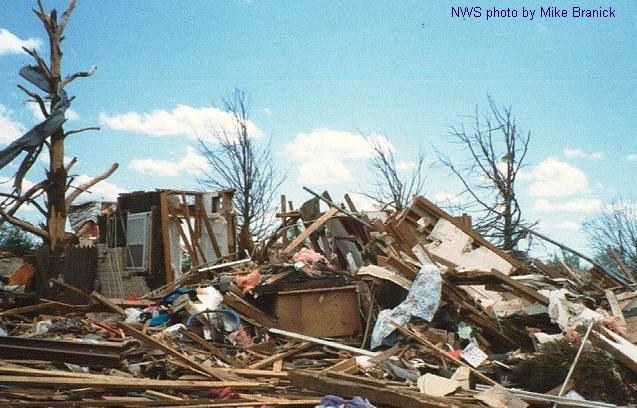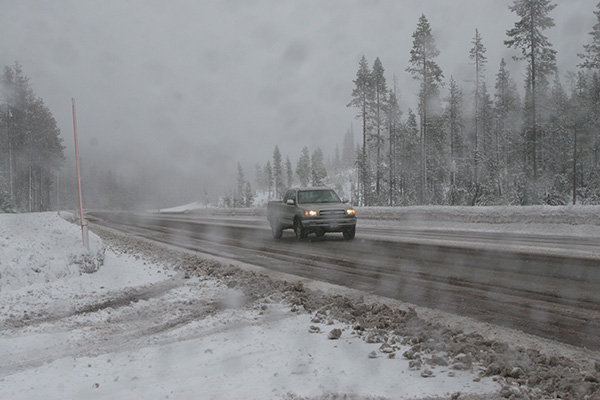 |
| These are some of the tools to help you escape a building during an earthquake! |
The Easter, 2010, earthquake in southern California and the catastrophic quake in Chile later that year should have been a wakeup call to anyone who lives in an earthquake zone. You need to make a personal earthquake survival kit that you can carry with you at all time.
BUT!
An earthquake, tsunami or other natural disaster is unlikely to happen? And, of course, not to you? You don’t need to read further!
….Still here?
Then here’s a couple of
facts: About 91 percent of us live in an area where a major natural disaster could occur. In ANY emergency, 80 percent of the people involved will be in denial of the situation and have to be told what to do, according to John Leach, author of
Survival Psychology.
Of that crowd in the emergency, 10 percent will do the wrong thing, and the other 10 percent will act rationally, based on the training they have acquired.
If you want to be a survivor, of any emergency situation, you have to start with knowledge and training.
Keep reading to learn what to carry, and how to get out of a high-rise office building during an earthquake!








